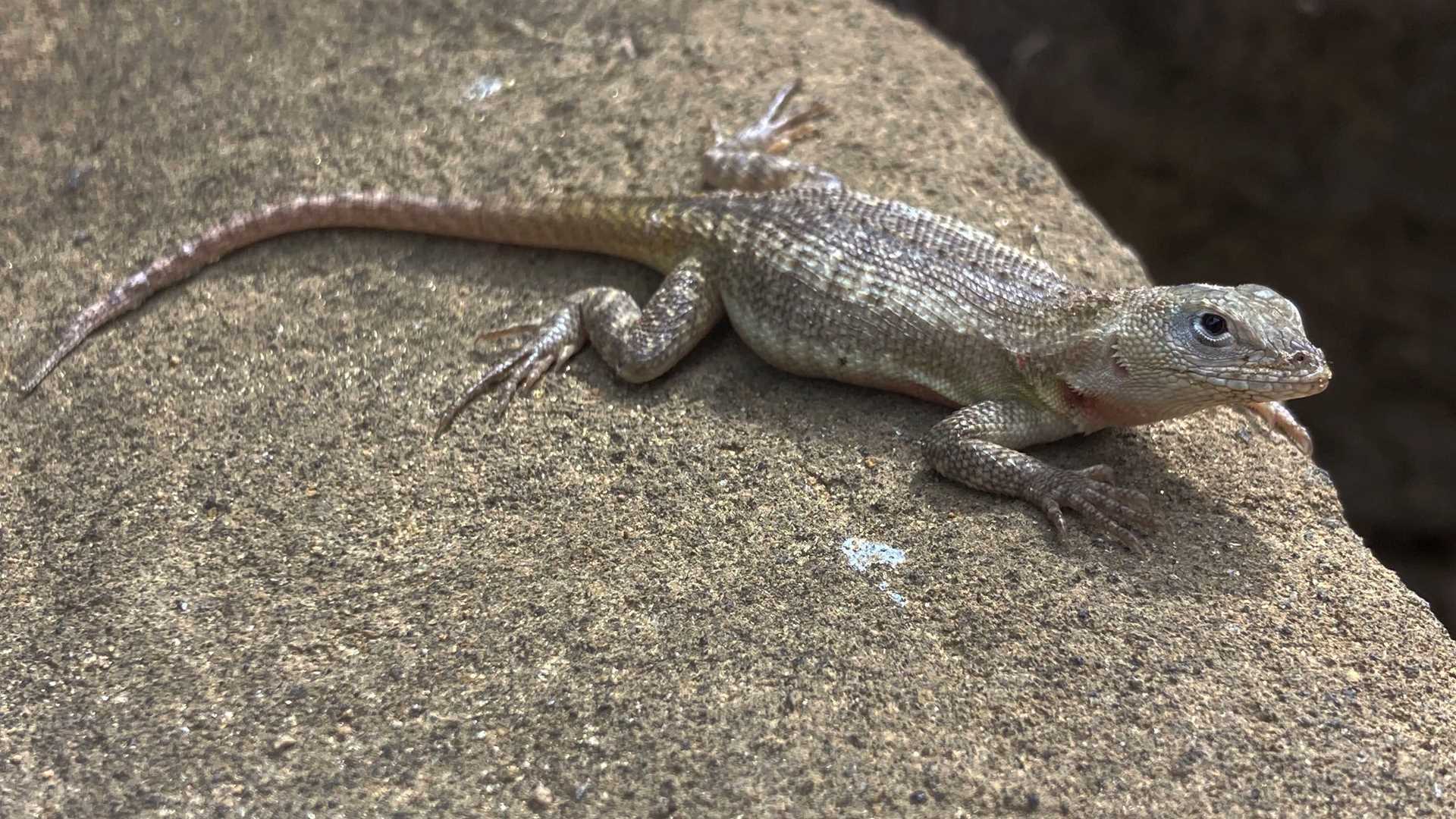Today we visited the island of San Cristobal. We started our day with a hike at Punta Pitt, where we walked uphill along a beautiful landscape made of volcanic tuff. Here we could observe the last of the three species of boobies we had yet to encounter in the Galapagos, the red-footed booby. In the afternoon, after a delicious lunch, we visited Cerro Brujo, a great place to relax on the last full day of our trip. We also spent time walking among sea lions and sea birds feeding along the shore. We ended our day navigating around Kicker Rock, a tuff cone in the middle of the ocean, a few miles off the coast of San Cristobal.
- Daily Expedition Reports
- 30 May 2023
San Cristobal Island, 5/30/2023, National Geographic Islander II
- Aboard the National Geographic Islander II
- Galápagos
Javier Carrion, Naturalist
Javier grew up on Santa Cruz Island where his grandparents first arrived in the 1940´s. Veritable pioneers, his grandparents settled in the highlands where they found a place to raise their children.
Read MoreShare Report
Galápagos Escape: An 8-Day Voyage
VIEW ITINERARYRelated Reports
6/23/2025
Read
National Geographic Islander II
Española Island
Today we visited Española Island, the southernmost—and one of the most spectacular—of all the Galápagos Islands. Known for its unique wildlife and dramatic landscapes, Española offered us a day full of unforgettable encounters. In the morning, we landed at Gardner Bay, where a long stretch of white coral sand welcomed us. Galápagos sea lions lounged along the shore, completely unfazed by our presence. Offshore, we snorkeled in the clear waters among colorful reef fish and Pacific green sea turtles. Playful sea lions swirled around us like underwater acrobats. In the afternoon, we explored Punta Suárez, one of the best wildlife viewing sites in the entire archipelago. The trail led us through colonies of Nazca boobies and blue-footed boobies, some engaged in nesting or courtship dances. We also witnessed waved albatrosses, many sitting on eggs or gliding in the wind above the cliffs. The highlight for many was watching a pair of albatrosses perform their elaborate, synchronized courtship ritual, full of beak clacking and head swaying. As we approached the cliff’s edge, we were treated to the dramatic sight of waves crashing against the rocks and the famous blowhole, which sent bursts of water high into the air. With seabirds soaring overhead and marine iguanas sunbathing in every direction, the magic of Española was on full display.
6/22/2025
Read
National Geographic Islander II
Floreana Island
Today the guests of National Geographic Islander II had a chance to snorkel at Champion Islet, just off Floreana Island. It was a breathtaking expedition to one of the most vibrant marine ecosystems in the Galapagos. As soon as we slipped into the water, we were greeted by schools of colorful fish and playful Galapagos sea lions.







